Welcome to our comprehensive guide on User Acceptance Testing (UAT) – a game-changer in website development! In this article, we’ll dive deep into the world of UAT, exploring its tasks, goals, and real-life examples that will get you on track to success.
Key topics:
- Understanding the fundamentals of user acceptance testing (UAT)
- Exploring the tasks and goals of UAT
- Analyzing three illustrative examples
- Learning the importance of Plerdy in UAT
Stay with me as I unravel the mysteries of user acceptance testing (UAT) and unveil the strategies to create seamless user experiences. You’ll have all the necessary tools by the conclusion of this article to optimize your website like a pro and leave your rivals in the dust. ?

And don’t miss out on our exclusive section about Plerdy – the ultimate tool for boosting your UAT game. Discover how Plerdy can revolutionize your website development process, helping you identify issues and opportunities like never before. Ready to take the plunge? Let’s go! ?
What is User Acceptance Testing (UAT)?
User Acceptance Testing (UAT) unlocks the door to exceptional website experiences. It’s the ultimate reality check where real users put your website to the test assessing its functionality, design, and usability. By performing UAT, developers gain invaluable insights to perfect their creations.
Let’s dive into the UAT universe:
- UAT in action: testers execute realistic scenarios, verifying if the website meets expectations.
- Feedback loop: users’ honest opinions reveal strengths and weaknesses, propelling improvements.
- Polished performance: UAT uncovers glitches, paving the way for a seamless user experience.
In a nutshell, UAT is an indispensable step in the website development journey. Developers refine their work with real-life examples and thorough testing, ensuring user satisfaction. By embracing UAT, you’re one step closer to creating an outstanding website delivering exceptional value to your target audience.
UAT Varieties: Unraveling the Testing Spectrum
User Acceptance Testing (UAT) molds websites into user-friendly powerhouses. UAT comes in various flavors tailored to address specific aspects of a website. Let’s delve into the diverse types of UAT:
- Alpha testing: conducted in-house, this preliminary testing phase checks the website’s fundamental features before users enter.

- Beta testing: here, the website faces the acid test — real users evaluate its performance in real-world settings.

- Contract acceptance testing: this type ensures the website meets the stipulations outlined in a contract or agreement.

- Regulation acceptance testing: this category verifies compliance with industry regulations and guidelines.
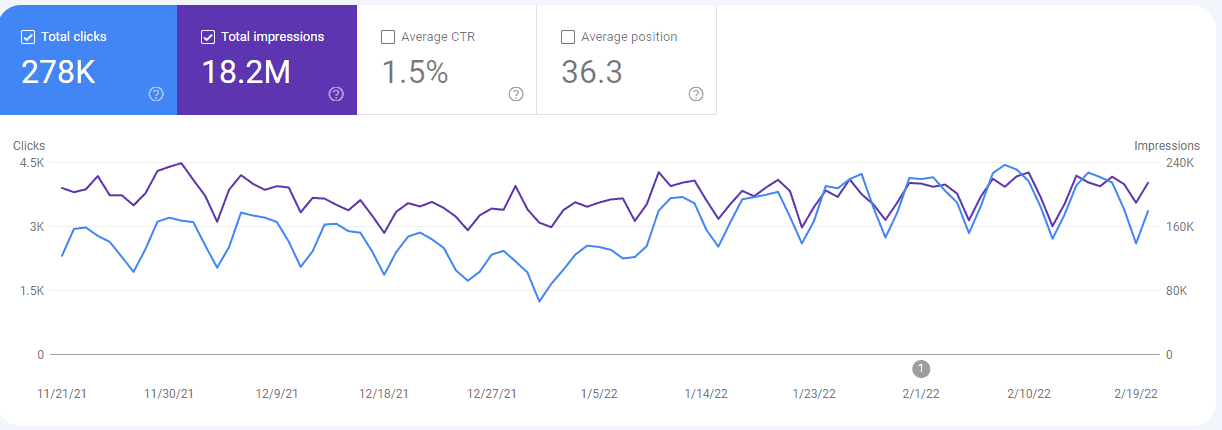
For example, a healthcare website undergoes Regulation Acceptance Testing to ensure it adheres to HIPAA regulations safeguarding patients’ sensitive data.
UAT’s different types collectively guarantee a website’s smooth sailing. By embracing these versatile tests, developers refine their websites, paving the way for top-notch user experiences that captivate and engage.
UAT Process: a Three-Step Dance
The User Acceptance Testing (UAT) process unfolds meticulously like a choreographed dance:
- Preparation: draft test scenarios, pinpoint objectives and select users.
- Execution: testers navigate the website, identifying hiccups.
- Evaluation: analyze feedback, fix issues, and validate improvements.
For instance, an online bookstore perfects its check-out process by conducting UAT, thus ensuring smooth transactions and delighted customers.
UAT Preparation: the Launchpad for Success

A meticulous UAT preparation sets the stage for a flawless website. Developers create a launchpad for insightful testing and exceptional user experiences by laying a strong foundation. Let’s explore the critical elements of UAT preparation:
Defining Objectives and Scope
First and foremost, outline the goals and boundaries for UAT. Next, identify the website’s core features and determine the user expectations you aim to fulfill. This step ensures testers focus on the areas that matter most.
Identifying Target Users and Stakeholders
Handpick the representatives of your target audience. Their feedback will be instrumental in shaping the website’s trajectory. Additionally, involve key stakeholders to ensure their requirements are met.
Developing Test Scenarios and Cases
Craft realistic test scenarios and cases that mimic your website’s user journey. This step allows testers to evaluate the website’s performance in real-world situations, uncovering any stumbling blocks.
For example, a travel booking website’s UAT preparation could involve the following:
- Objectives: a seamless booking process, accurate search results, and mobile responsiveness.
- Users: frequent travelers, travel agents, and vacation planners.
- Test scenarios: searching for flights, booking accommodations, and applying promo codes.
In conclusion, thorough UAT preparation is the linchpin for website success. Developers set the stage for a user-centric, high-performance website that meets and exceeds expectations by defining objectives, selecting the right users, and developing targeted test scenarios.
UAT Execution: Stepping into the User’s Shoes
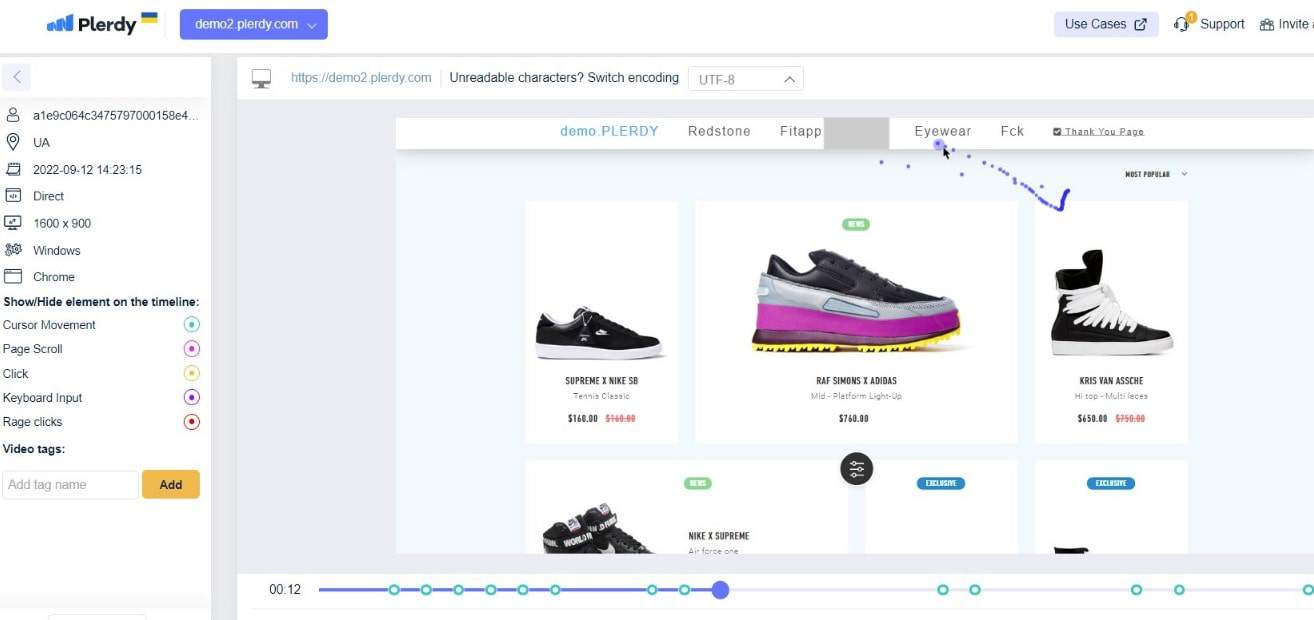
During the User Acceptance Testing (UAT) execution phase, testers step into the user’s shoes, exploring every nook and cranny of the website. This critical stage exposes the website’s strengths and weaknesses, paving the way for refinements and improvements. Let’s delve into the key components of UAT execution:
Conducting the Tests
Testers embark on a journey through the website, following the test scenarios and cases designed during the preparation phase. As they navigate, they evaluate each aspect of the website, from functionality to design.
Documenting and Reporting Issues
Throughout the testing process, testers diligently document any hiccups or shortcomings. This information is then relayed to the development team, providing invaluable insights for enhancements.
Reviewing and Revising Test Cases
As testers uncover issues, they may revise the test cases to incorporate new findings or unexpected situations. This adaptability ensures a comprehensive evaluation of the website’s performance.
Consider a streaming platform’s UAT execution:
- Testers assess the video playback quality, search functionality, and user profiles.
- They report buffering issues and inaccurate search results.
- Test cases are updated to include scenarios with varying internet speeds.
UAT execution shines a spotlight on the user experience, unearthing opportunities for improvement. By conducting tests, documenting issues, and adapting to new findings, the execution phase lays the groundwork for a website that delivers unparalleled user satisfaction.
UAT Evaluation: Turning Feedback into Gold

User Acceptance Testing (UAT) evaluation is crucial for transforming raw feedback into actionable insights. By analyzing the findings, developers refine their websites, ensuring they meet user expectations and deliver exceptional experiences. Let’s examine the essential steps of UAT evaluation:
Analyzing Results and Feedback
After completing the tests, developers sift through the collected feedback and results to identify patterns and trends. This data-driven approach helps pinpoint the areas that require improvement or revision.
Prioritizing and Resolving Issues
Armed with insights, the development team prioritizes the issues based on their impact on the user experience. They then address the most critical shortcomings, enhancing the website’s performance.
Validating Fixes and Improvements
Once the issues are resolved, the website undergoes another round of user acceptance testing (UAT) to ensure the improvements hold up under scrutiny. This iterative process guarantees a polished end product that delights users.
For example, a project management tool’s UAT evaluation might involve:
- Analyzing feedback on task creation, team collaboration, and reporting features.
- Prioritizing and resolving issues like slow page load time and unclear navigation.
- Re-testing the tool to confirm the improvements’ effectiveness.
UAT evaluation is the catalyst for turning feedback into a powerful tool for refinement. By analyzing results, prioritizing issues, and validating improvements, developers create websites that meet and exceed user expectations, leaving a lasting impression on their target audience.
The specific UAT dance requires a precise approach to the execution of all three steps. Each will bring you deep and meaningful insights if they’re well-danced.
Example 1: UAT for Online Retail Stores
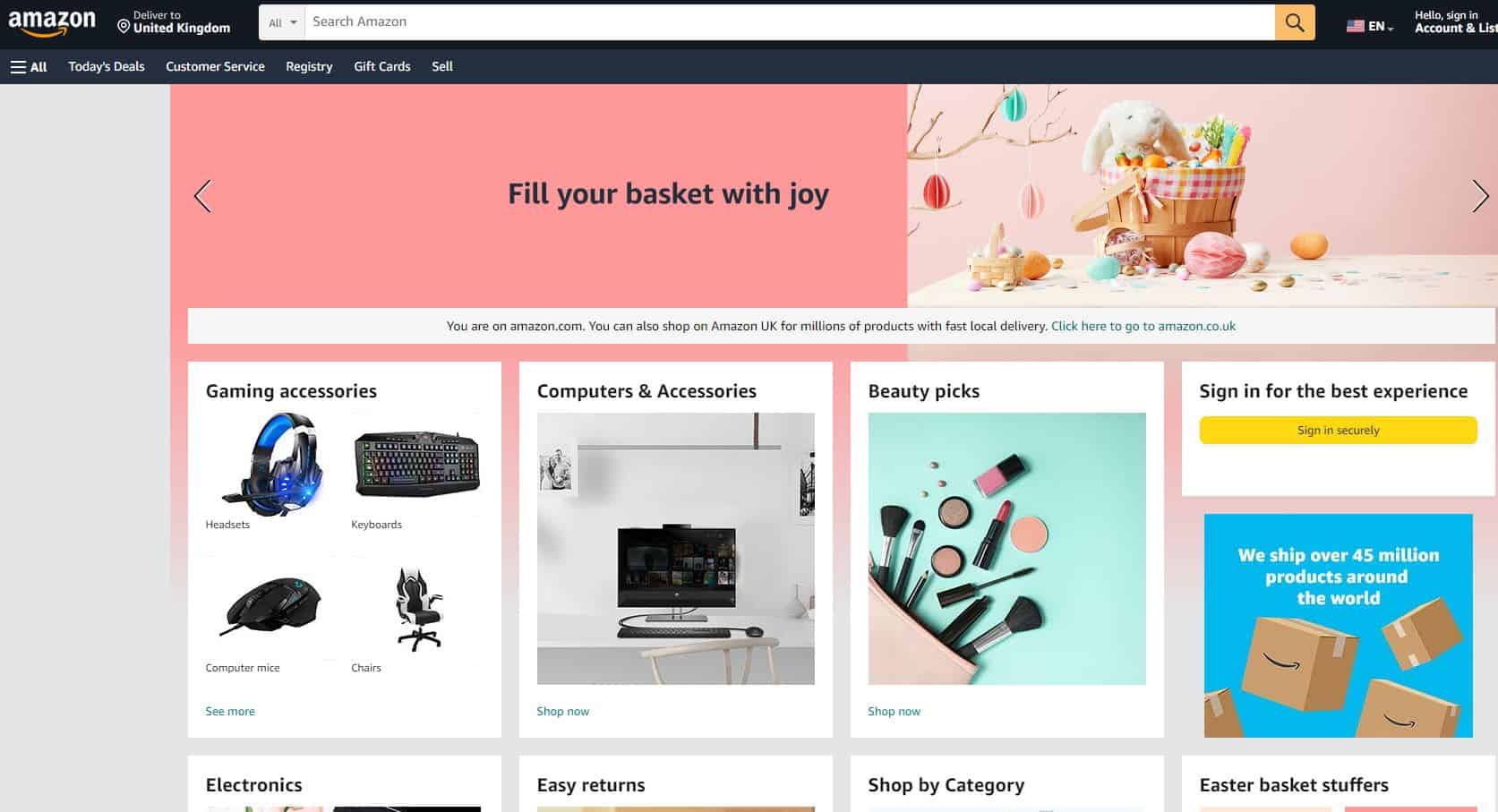
The User Acceptance Testing (UAT) process for an online retail store ensures a seamless shopping experience for customers. By conducting UAT, developers fine-tune the website, optimizing every aspect of the user journey. Let’s explore a UAT example:
Key Test Scenarios
For an online retail store, the following test scenarios are crucial to ensuring a user-friendly website:
- Product search and filtering
- Shopping cart management
- Checkout and payment processes
- Order tracking and notifications
- Customer support and returns
These scenarios will help you identify obstacles in the user journey on your website.
Plerdy Integration
Integrating Plerdy into the UAT process provides invaluable insights into user behavior, allowing developers to optimize the website based on real-time data. For instance, Plerdy’s heatmaps unveil how customers interact with the online store, highlighting areas for improvement.
UAT Outcomes
By conducting UAT for an online retail store, developers can achieve the following:
- Improved product search functionality, helping customers find items quickly and easily
- Streamlined shopping cart and checkout experience, boosting conversion rates
- Enhanced order tracking and notifications, increasing customer satisfaction
- Efficient customer support and returns process, building brand loyalty
Online retail stores depend on UAT. Developers may create a satisfying shopping experience and set the groundwork for long-term success by focusing on critical test scenarios and employing Plerdy.
Example 2: UAT for News and Media Websites

User Acceptance Testing (UAT) is crucial for news and media websites, ensuring a user-friendly experience that keeps readers engaged and coming back for more. In this UAT example, we’ll focus on a news and media website and the key test scenarios that make it stand out.
Essential Test Scenarios
For a news website, the following test scenarios are vital to providing a seamless user experience:
- Content navigation and categorization
- User registration and subscription
- Multimedia loading and playback
- Social sharing and commenting
- Responsiveness across devices
After testing these aspects, you will discover room for improvement.
Plerdy Integration
For example, Plerdy’s scroll maps reveal how deep users scroll down a webpage, helping developers identify optimal content length and layout.
UAT Outcomes
By conducting user acceptance testing (UAT) for the news and media website, developers can achieve:
- Intuitive content navigation, allowing readers to find relevant stories effortlessly
- Hassle-free user registration and subscription process, encouraging long-term readership
- Seamless multimedia playback, enhancing user engagement
- Streamlined social sharing and commenting, fostering community interaction
- Flawless responsiveness across devices, ensuring a consistent experience
News and media websites depend on UAT. Developers create a compelling user experience (UX) by focusing on test scenarios and using Plerdy.
Example 3: UAT for Educational Platforms
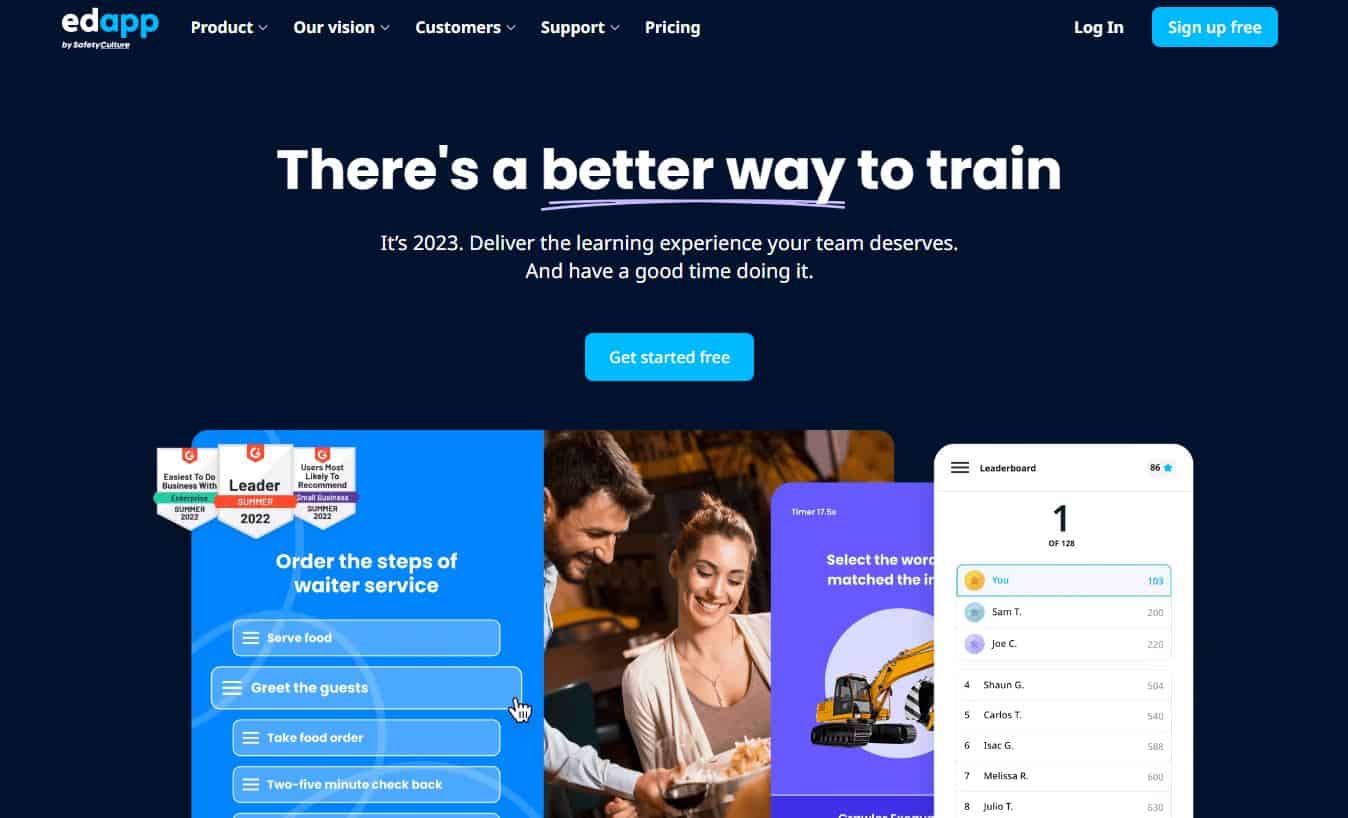
User Acceptance Testing (UAT) plays a critical role in the success of an educational platform, ensuring that users have a seamless experience while accessing courses, resources, and tools. This UAT example will focus on an educational platform and highlight crucial test scenarios.
Key Test Scenarios
To create an exceptional educational platform, pay attention to these test scenarios:
- Course registration and enrollment
- Content accessibility and organization
- User progress tracking
- Online assessments and grading
- Collaboration and communication tools
Users should face no challenges in these processes to have an excellent user experience on an educational platform.
Plerdy Integration
Developers can leverage Plerdy’s user behavior data to improve an educational platform’s UAT process. For instance, Plerdy’s heatmap analysis helps identify the most frequently used tools, leading to interface optimization.
UAT Outcomes
Conducting UAT for an educational platform enables developers to achieve:
- Smooth course registration and enrollment, minimizing user frustration
- Effortless content access and organization, maximizing learning efficiency
- Accurate user progress tracking, providing valuable feedback for course improvement
- Fair and secure online assessments, ensuring academic integrity
- Effective collaboration and communication tools, fostering student engagement
User acceptance testing is indispensable for developing a top-notch educational platform. By focusing on essential test scenarios and leveraging tools like Plerdy, developers can build an intuitive and user-friendly platform that drives student success and fosters lifelong learning.
Key Takeaways
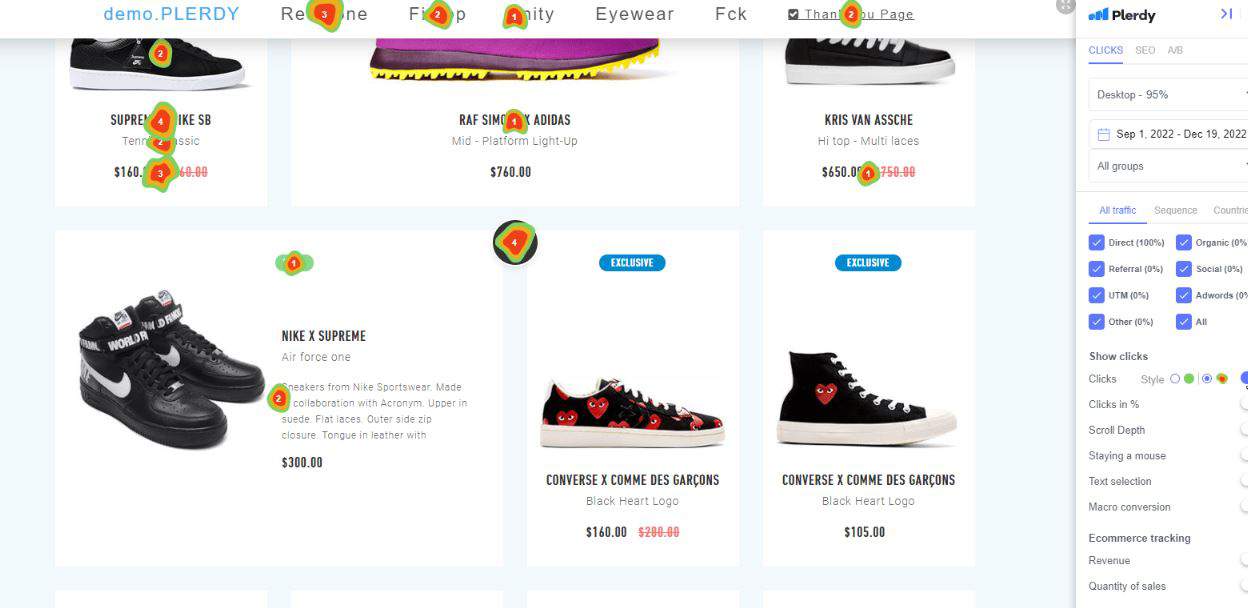
User Acceptance Testing (UAT) ensures the website satisfies users’ expectations and runs well. Here are the key takeaways from my UAT examples:
Crucial points:
- UAT revolves around real-world scenarios and user experiences
- Test scenarios should cover all essential features and functionalities
- Tools like Plerdy provide actionable insights for optimizing the user experience
- Continuous feedback and improvement are vital for long-term success
UAT benefits:
- Minimizes user frustration by identifying and fixing issues before the final release
- Streamlines navigation, ensuring users find what they need quickly
- Enhances overall user satisfaction, driving user engagement and loyalty
- Boosts the website’s reputation, attracting new users and maintaining existing ones
Example:
An online retail store utilized UAT to optimize its shopping cart process, significantly decreasing abandoned carts and increasing sales.
UAT is vital in website launching, ensuring the pages meet users’ expectations and deliver a seamless experience. By focusing on real-world scenarios, integrating powerful tools, and constantly improving usability based on user feedback, developers can create websites that stand out from the competition and drive long-term success.
Conclusions: Unlocking the Power of User Acceptance Testing (UAT) ?
As we wrap up our journey through the world of User Acceptance Testing, it’s evident that UAT plays a pivotal role in website and application development. By conducting thorough UAT activities, businesses can ensure their software runs smoothly in a live environment, meeting useful benchmarks and satisfying user expectations.
Remember, a successful UAT strategy involves:
- Setting clear criteria and objectives ?
- Carefully planning and organizing test activities ?
- Continuously learning from feedback and adapting to changes ⚙️
By embracing these best practices, you’ll be well-equipped to tackle challenges, manage defects, and optimize your web or app performance. But don’t go it alone! Instead, leverage powerful tools like Plerdy to streamline your UAT process, monitor bugs, and uncover insights that can shape your software’s success.
Ready to take your UAT game to new heights? Give Plerdy a try and experience the benefits of a robust, agile, and user-focused testing environment. With Plerdy, you’ll have the support you need to stay ahead in the ever-changing tech landscape. So, why wait? Explore Plerdy today and unlock the full potential of your software! ⚡
